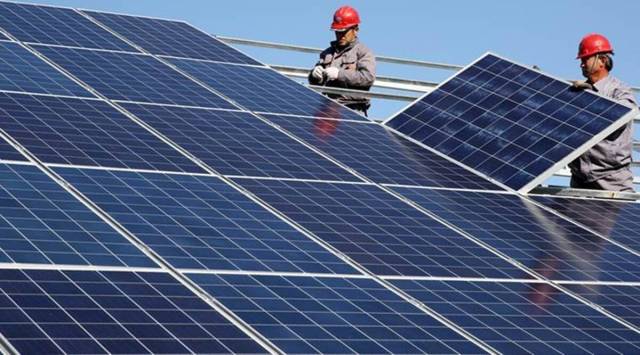India is planning to add 76 gigawatts (GW) of utility-scale solar and wind power by 2025, which could result in annual savings of up to $19.5 billion (over 15 lakh crore) by reducing the burning of coal, as per the latest research by Global Energy Monitor.
According to data from the Global Solar Power Tracker and the Global Wind Power Tracker, India ranks among the top seven countries globally in terms of potential renewable power capacity. This development could help avoid the use of nearly 78 million tonnes of coal each year, equivalent to about 32 GW in coal power plant capacity. This is more new coal capacity than the country has added since 2018, as stated in the report.
The report also mentions that if India achieves its goal of adding an additional 420 GW of wind and solar power by 2030, the annual savings from avoiding coal power could exceed US $58 billion, with total savings reaching $368 billion by 2030.
The report highlights that if India completes all its planned utility-scale solar and wind projects, it would cost around $51 billion. However, with an annual savings of $19.5 billion in direct fuel costs, India could recoup this investment in just two-and-a-half years.
India accounts for 5% of potential utility-scale solar power globally, ranking behind China, the U.S., and Australia. It is also ranked 17th globally in potential wind power capacity.
Shradhey Prasad, project manager for the Global Wind Power Tracker, emphasizes the financial and environmental benefits of India’s transition from coal to clean energy. He mentions that India’s move towards net zero emissions by 2070 will result in cost savings and cleaner energy sources.
China currently leads in prospective renewable power capacity at 387,258 MW, followed by Australia, Brazil, the United States, Vietnam, Greece, South Korea, and Japan.











